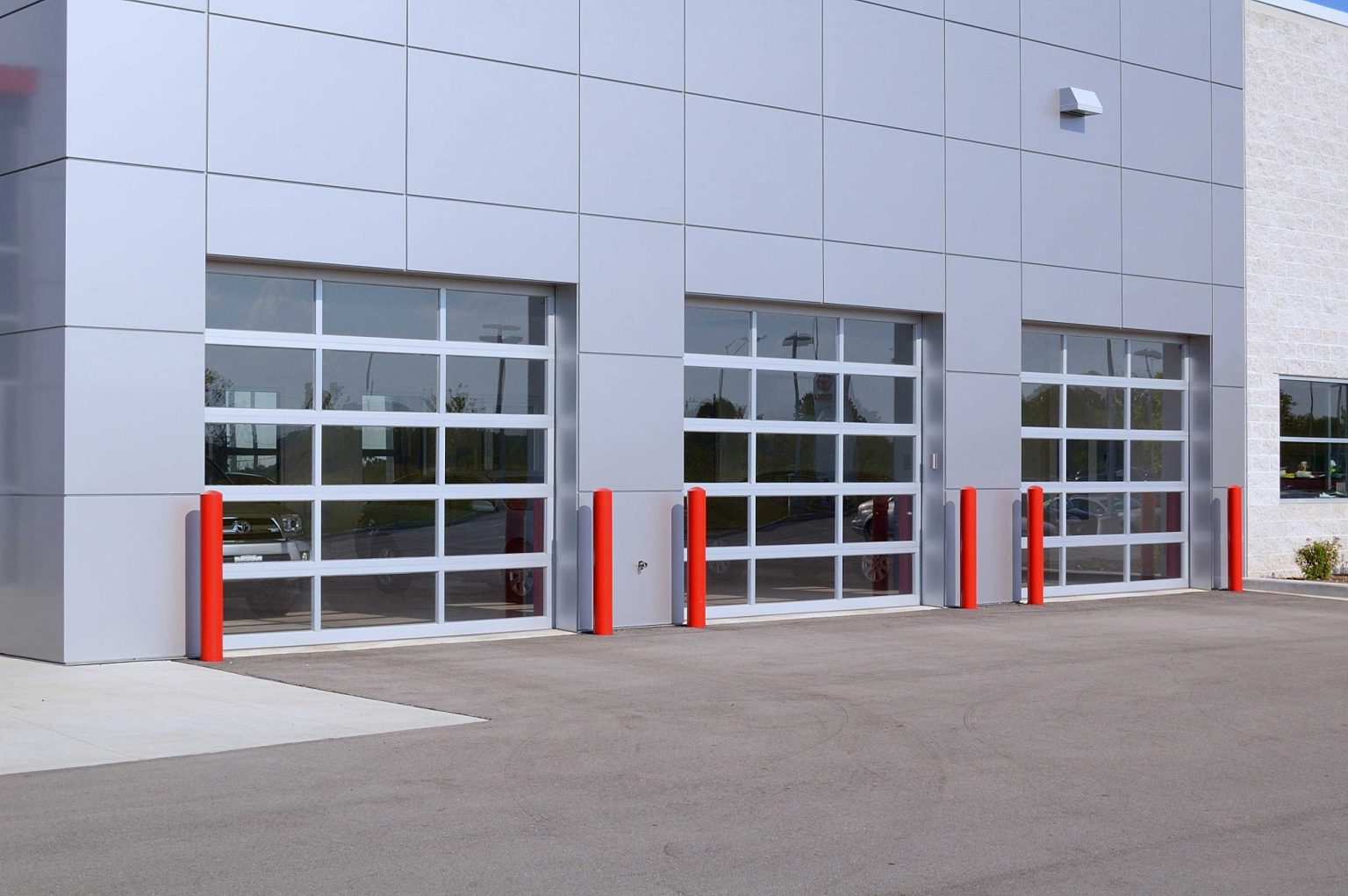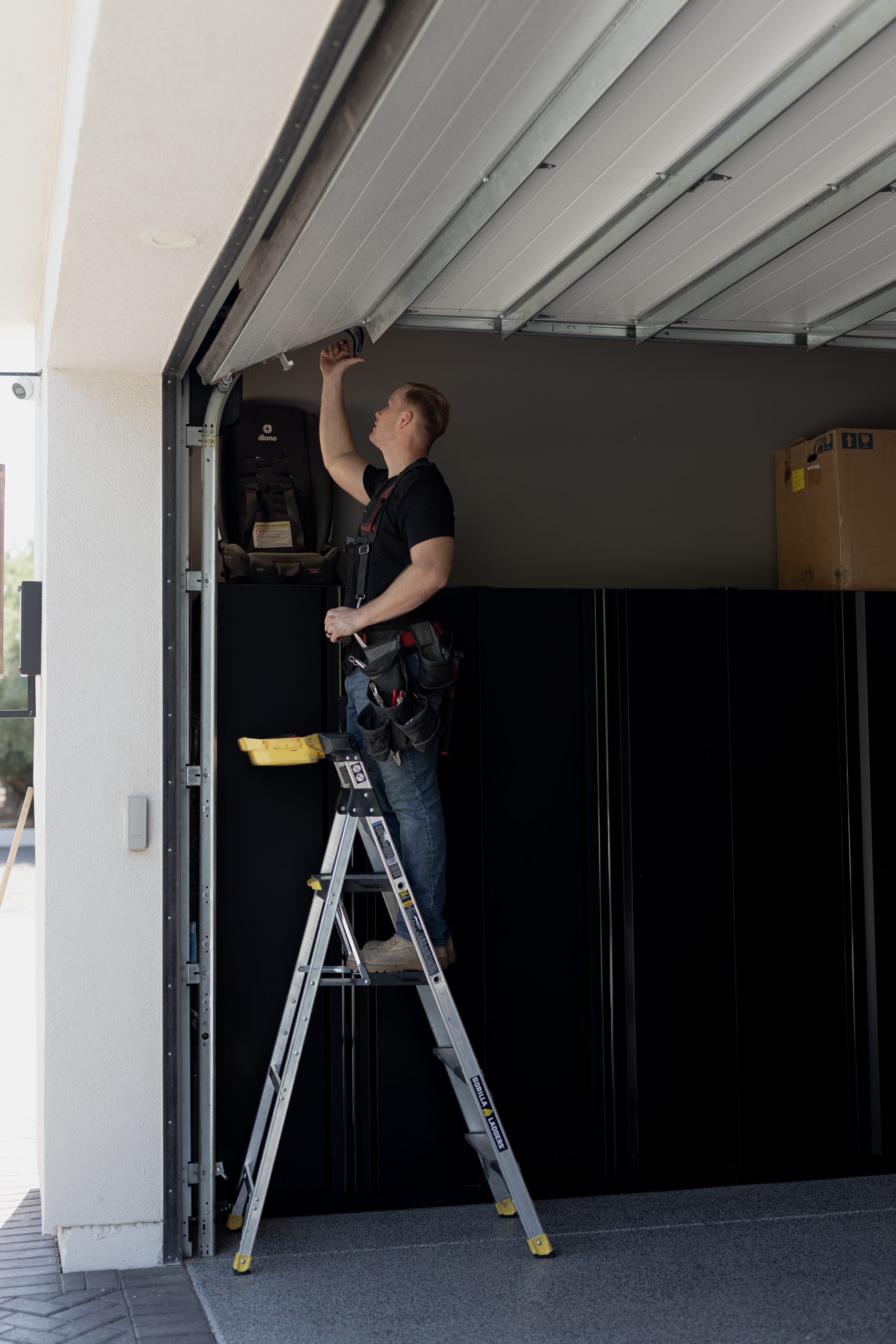Garage doors are essential components of home security and convenience. They protect our vehicles and belongings while offering easy access to our homes. However, like any mechanical system, they can experience issues. In this article, we will delve into how to troubleshoot common garage door issues at home in Mesa, AZ, ensuring you have the knowledge and confidence to handle minor problems before seeking professional help.
Understanding Your Garage Door System
Before diving into troubleshooting, it's crucial to understand the basic components of your garage door system. A typical garage door setup comprises:
1. Garage Door Opener
The motorized device that opens and closes your garage door.
2. Tracks
Metal tracks guide the door as it opens and closes.
3. Rollers
These move along the tracks and facilitate smooth operation.
4. Springs
garage door repair Mesa AZTorsion or extension springs counterbalance the weight of the door.
5. Cables
These work with the springs to lift the door.
6. Safety Sensors
Located near the ground on either side of the garage door opening, these sensors prevent the door from closing if an object is detected in its path.

Understanding these components will help you identify potential issues when troubleshooting common garage door problems at home in Mesa, AZ.
Common Garage Door Problems
Various issues can arise with garage doors; knowing them allows for efficient troubleshooting. Here are some common problems:
7. The Door Won't Open or Close
Possible Causes:
- Malfunctioning opener Blocked tracks Broken springs
If your garage door refuses to budge, start by checking if there's power to your opener. If it’s plugged in but still not working, inspect the remote batteries or wall switch connections. If everything appears functional but it won’t open or close, check for obstructions on the tracks or possible spring malfunctions.
8. Slow Response Time
Possible Causes:
- Worn-out rollers Frayed cables
If your garage door is slow to respond when you press the remote or switch, it may be time to lubricate the rollers or replace them if they’re worn out.
9. Noisy Operation
Possible Causes:
- Lack of lubrication Loose hardware
Annoyed by squeaks and rattles? This noise often indicates that your garage door needs lubrication or that some parts are loose and need tightening.
How to Troubleshoot Common Garage Door Issues at Home in Mesa, AZ
To effectively troubleshoot common garage door issues at home in Mesa, AZ, follow these steps:
Inspect Components Regularly: Make it a habit to examine all parts of your garage door system regularly. Lubricate Moving Parts: Use silicone spray on rollers and hinges at least twice a year. Check Alignment: Ensure that tracks are aligned properly; misalignment can cause operational issues. Test Safety Sensors: Regularly check if safety sensors are functioning correctly by placing an object in their path. Monitor Springs: Look for signs of wear; if a spring appears stretched or broken, contact a professional for replacement. Listen for Unusual Sounds: Pay attention to any sounds during operation; unusual noises usually indicate underlying problems needing attention.Step-by-Step Troubleshooting Guide
Let’s break down each major issue into actionable troubleshooting steps:
10. Troubleshooting a Non-responsive Garage Door Opener
Check power supply:- Is it plugged in? Are there any blown fuses?
- Replace batteries. Ensure there’s no blockage between remote and sensor.
- Clear any debris from tracks. Check alignment of safety sensors.
11. Fixing Slow Response Issues
Inspect rollers:- Clean them with a damp cloth. Lubricate using silicone spray.
- Look for fraying or damage; replace if necessary.
- Check connections between opener and wall switch.
12. Reducing Noise During Operation
Lubrication:- Apply lubricant on all moving parts—hinges, rollers, and tracks.
- Use a wrench to secure all bolts and screws on your garage door mechanism.
- Replace worn-out rollers with new ones for smoother operation.
Maintenance Tips for Your Garage Door
Regular maintenance can save you from costly repairs down the line! Here's how:
13. Schedule Regular Inspections
Have a professional inspect your system bi-annually to catch potential issues early on.
14.. Keep Tracks Clean
Debris can accumulate over time; keep tracks free from dirt and grime for smooth operation.
15.. Lubricate Moving Parts**
As mentioned before—regular lubrication prevents rust buildup and ensures smooth operation!
FAQ Section
Here are some frequently asked questions about garage doors:
16.. What should I do if my garage door won't close?
Check if anything is obstructing its path—if not, inspect safety sensors for functionality!
17.. How often should I lubricate my garage door?
Twice a year is ideal—but feel free to do so more often if needed!
18.. Can I fix my own broken spring?
It's advisable not unless you're trained! Springs are under high tension—it’s better left to professionals like Stapley Action Garage Door repair Mesa AZ!

19.. What could cause my opener light to blink?
A blinking light typically indicates an issue with safety sensors—check alignment first!
20.. How long do garage doors last?
With proper maintenance? Expect anywhere from 15-30 years depending on material quality!

Conclusion
Garage doors may seem straightforward but require attention just like any other part of your home! By understanding how they work and knowing how to troubleshoot common issues effectively—you're set up for success! Remember—you don’t have to navigate this alone; local experts like Stapley Action Garage Door repair Mesa AZ are always ready when you need assistance!
Whether you’re facing minor inconveniences or major malfunctions—being proactive goes a long way towards maintaining functionality & safety within your household environment!